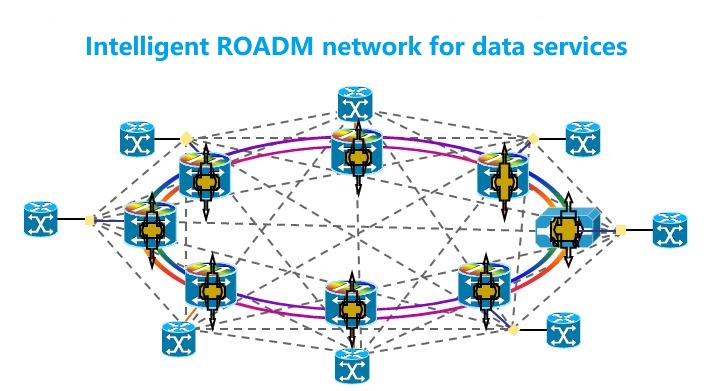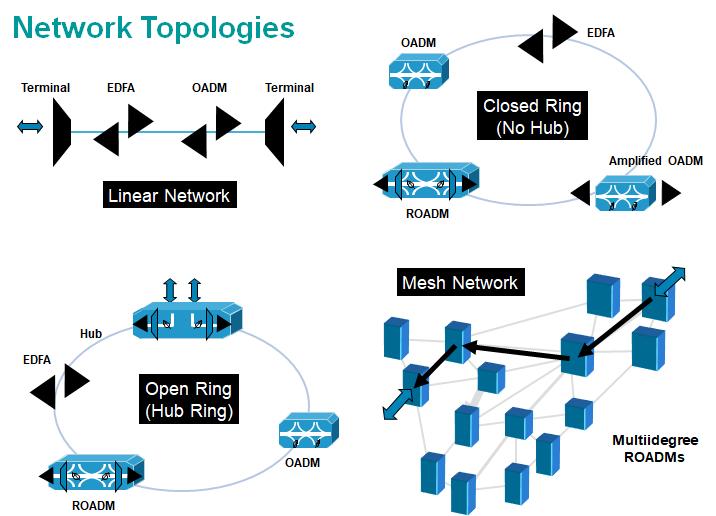Solution Background
As digital transformation accelerates, enterprise customers are demanding higher
bandwidth, lower latency, and improved reliability. However, existing backbone
networks suffer from issues such as multi-vendor equipment fragmentation, complex
operations interfaces, and difficult fault localization. These challenges lead to
long service provisioning cycles, low fault recovery efficiency, and poor service
quality.
To address these pain points, the proposed "Nationwide Backbone OTN WDM Unified
Construction" solution leverages an end-to-end intelligent optical transport network
(OTN) architecture to deliver ultra-low latency and highly reliable nationwide
network services. The core objectives are "one-hop direct connection" and
"intelligent operations and maintenance."

Solution Description
The solution provides a comprehensive construction plan for the backbone network across all 31 provinces in China, including:
- Network Infrastructure Construction: Build an 80×100G WDM system supporting C+L band expansion. Deploy intelligent ROADM nodes for flexible optical-layer scheduling
- Intelligent Operations System: 24×7 network monitoring center. Automatic fault localization. Performance degradation prediction mechanism. End-to-end service quality visualization management
- Service Assurance System: SLA for service provisioning: standard service in 7 days, expedited service in 48 hours. SLA for fault recovery: 4 hours for general faults, 30 minutes for major incidents
- Key Technology Components: Optical-electrical hybrid cross-connect technology, supporting VC/ODUk/wavelength multi-granularity scheduling. 400G/800G ultra-high-speed transmission. SDN-based intelligent management system enabling one-click service provisioning

Advantages
- Ultra-Low Latency: Uses optimal path algorithms to reduce latency by 30% compared to traditional networks
- Elastic Scalability: Single-fiber capacity up to 96 Tbps, supports smooth upgrade to 1.6 Tbps per wavelength
- Intelligent Operations: Fault self-healing time reduced to minutes
- Unified Management: Integrates multi-vendor equipment into a centralized system, eliminating technical barriers
Customer Pain Points
- Insufficient Network Performance: Current infrastructure cannot meet the high bandwidth demands of new services
- Inefficient O&M: Fault isolation across different vendors requires coordination, with average resolution times exceeding 6 hours
- Slow Service Provisioning: New circuit provisioning requires manual configuration per segment, taking 2–4 weeks
- High Cost: Multi-layered network build-outs lead to high capital and operational expenditure
Customer Benefits
- <5ms latency within a province and <20ms across provinces, significantly improving the experience for latency-sensitive services
- 80% improvement in service provisioning efficiency through SDN-enabled automation
- 90% early fault detection rate with the intelligent warning system
- 40% reduction in O&M costs and 35% decrease in total cost of ownership (TCO) thanks to a unified network architecture